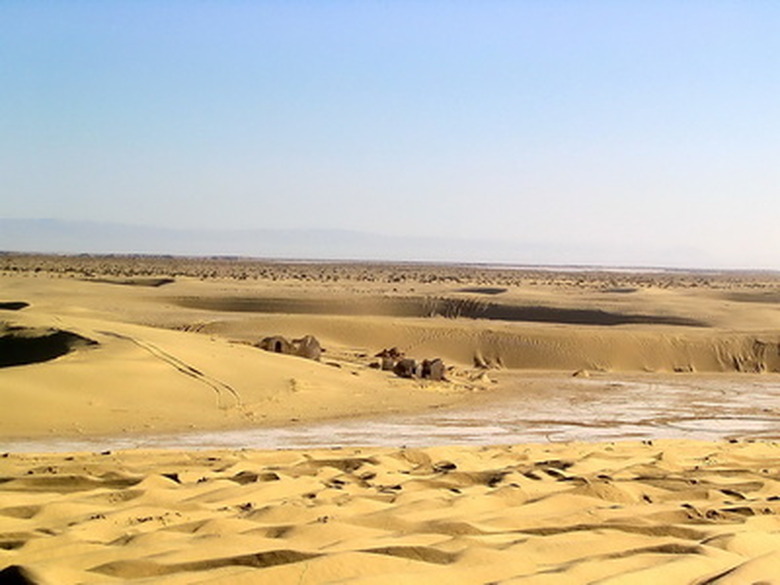What Are The Six Broad Types Of Climate Regions?
Although the Earth may seem relatively stable, the planet really is undergoing constant change, influenced by factors such as rotational speed, chemical reactions, gravity and the warmth of the sun. The dynamic nature of the Earth means that the planet has six basic types of climates. These climates all have different characteristics in terms of temperature, precipitation and location. These characteristics determine the habitability of any given region on the Earth.
Tropical
Tropical
Tropical climates are found mainly around the equator. They have high temperatures and lots of rain throughout the year. Conditions thus are very humid. Because these climates provide plenty of heat and water, they are lush in vegetation and animal life.
Temperate
Temperate
Temperate climates are located in the middle latitudes. They are characterized by fairly equal amounts of cold and warm weather. Temperatures are mild and changes in weather are not extreme. Vegetation in temperate climates is very diverse because the climate can support plants that need cool temperatures and plants that need warm temperatures.
Polar
Polar
Polar climates, as the name implies, are found mainly around the north and south poles in regions such as Greenland, Northern Siberia and Antarctica. These regions are often covered with snow and ice, with the temperature rarely getting above freezing. Polar climates actually are deserts, because the cold temperatures prevent the air from holding much moisture.
Dry
Dry
Dry climates, also known as desert climates, are known for their lack of moisture. They get only about 10 inches of precipitation all year. Subsequently, vegetation and plant life is sparse. Deserts may be classified either as cool or hot. A cool desert shares the cool winters of its surrounding region. A hot desert stays warm all year, although temperatures can dip to freezing at night.
Highland
Highland
Highland climates also are known as mountain climates. They occur at high elevations. There is no good definition for a highland climate because highland climates are influenced by the climates below them at lower elevations. However, because air cools as it rises, highland climates usually have cool temperatures that don't rise much past 50 degrees Fahrenheit. Like polar climates, highland climates don't receive much rain because the surrounding air is too cool to hold a lot of moisture. These climates are found worldwide, with a primary example in the United States being the Rocky Mountains.
Continental
Continental
Continental climates really are a subcategory of temperate climates. They occur in the middle of continents where the oceans and seas cannot impact temperature and precipitation as much. Continental climates have hot summers and cold winters, but they have four distinct seasons. Because rain usually gets dispersed over land before it can reach the middle of a continent, these regions are drier than some other climates.
Cite This Article
MLA
Thibodeaux, Wanda. "What Are The Six Broad Types Of Climate Regions?" sciencing.com, https://www.sciencing.com/six-broad-types-climate-regions-6735997/. 22 November 2019.
APA
Thibodeaux, Wanda. (2019, November 22). What Are The Six Broad Types Of Climate Regions?. sciencing.com. Retrieved from https://www.sciencing.com/six-broad-types-climate-regions-6735997/
Chicago
Thibodeaux, Wanda. What Are The Six Broad Types Of Climate Regions? last modified August 30, 2022. https://www.sciencing.com/six-broad-types-climate-regions-6735997/
